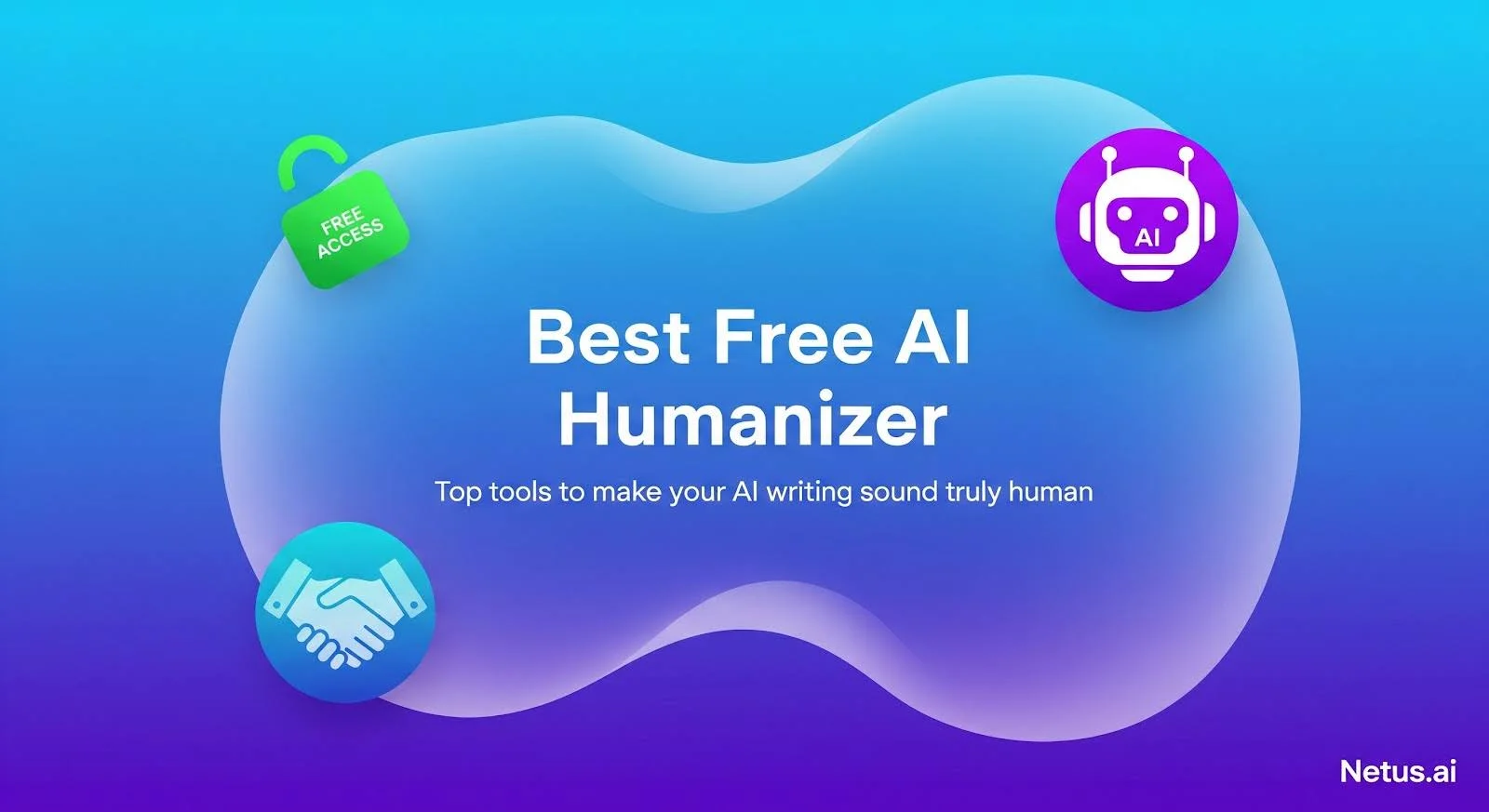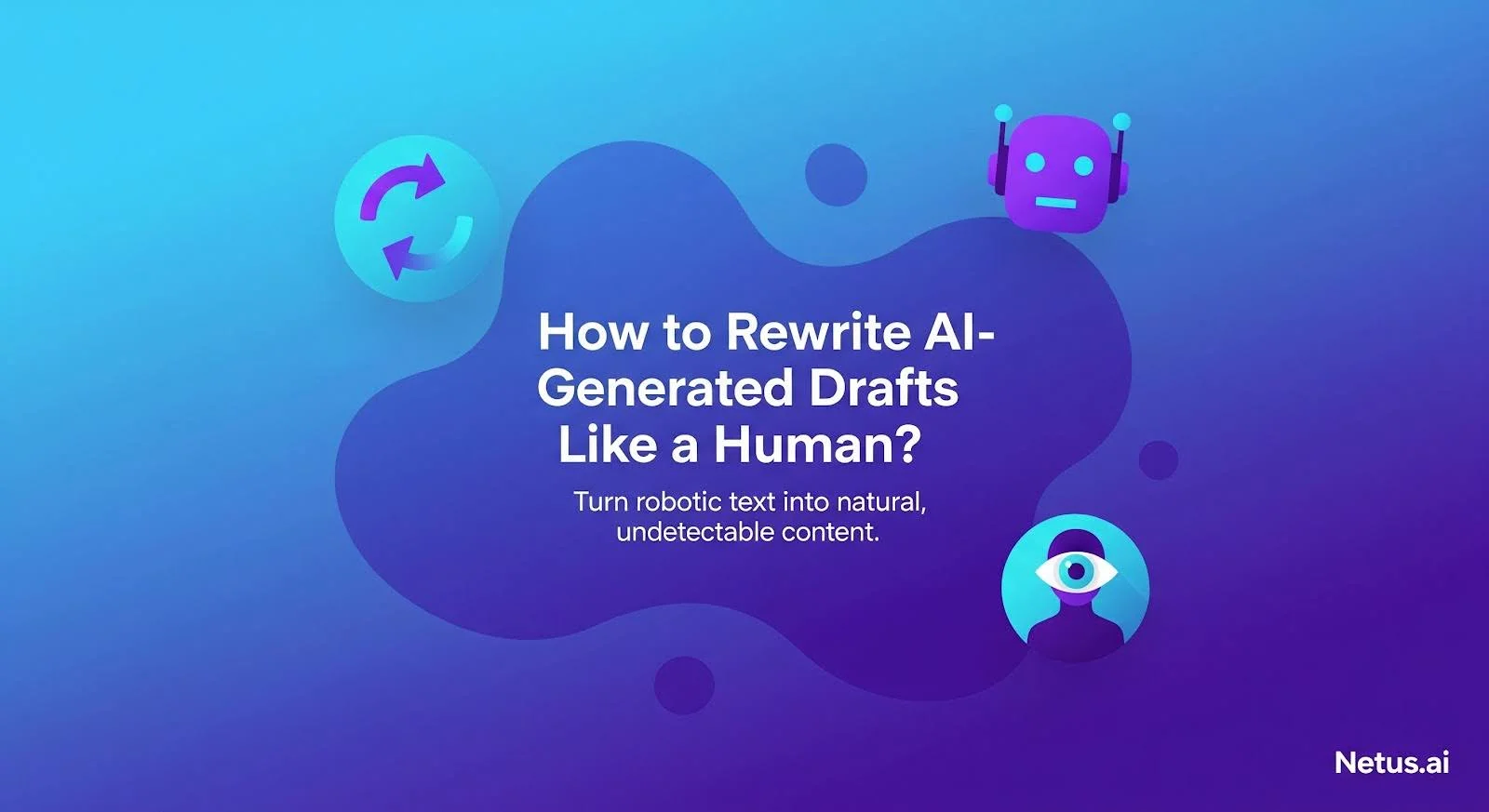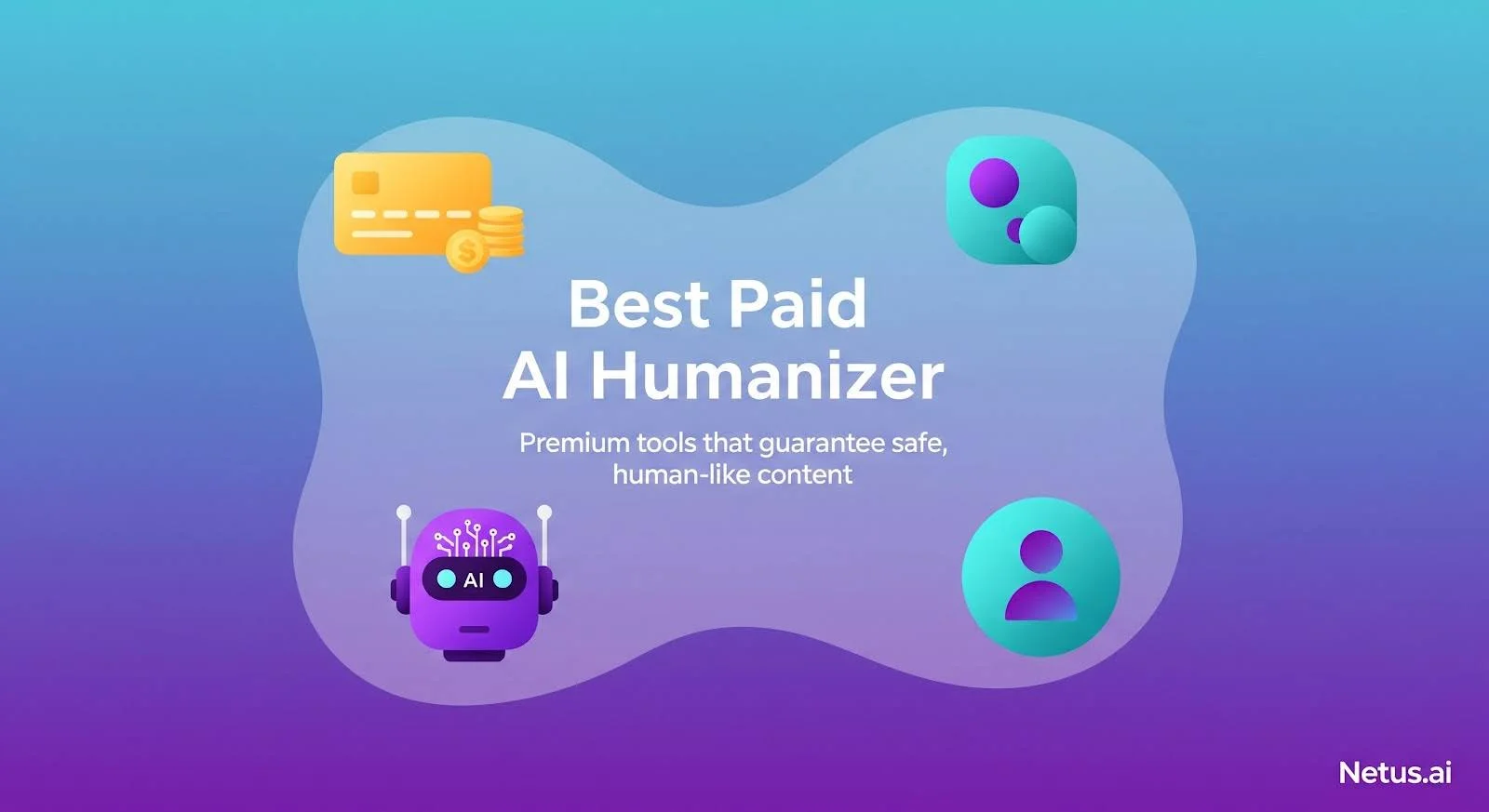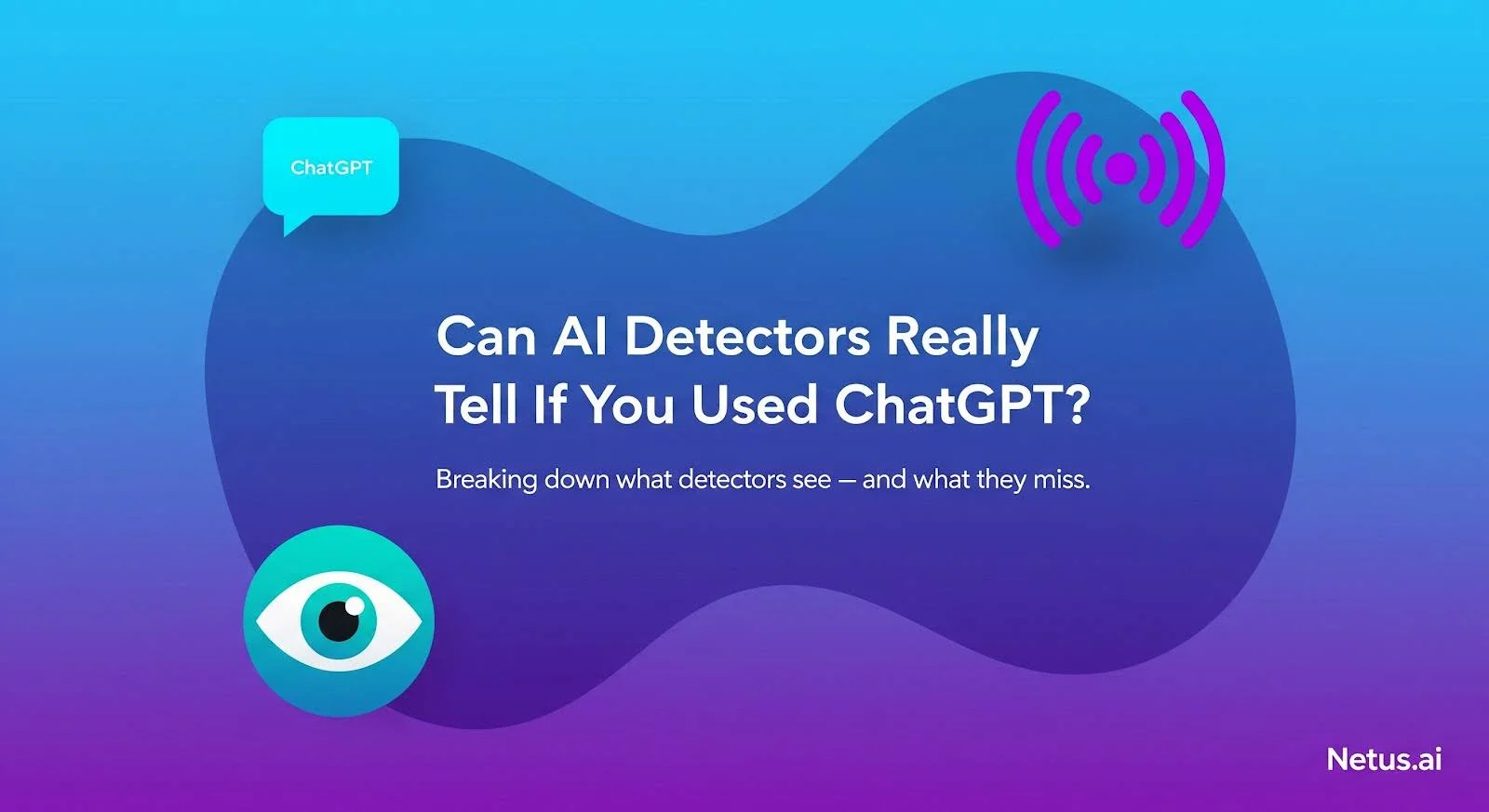From Turnitin in classrooms to ZeroGPT in agencies, even casual writing gets scanned. That’s why AI humanizer tools have exploded in popularity, especially the ones that claim to be free. But here’s the problem:
Most free tools barely scratch the surface. They shuffle a few words, kill your tone or worse, leave you with content that still gets flagged. You think you’ve bypassed the system, until a detector slaps you with “AI-written.”
This guide is for anyone who wants to:
- Sound more natural (without sounding robotic)
- Beat detection tools (without paying upfront)
- Actually understand which free AI humanizers work and which don’t
We have assessed the top tools of 2025, including discreet rewriters and feedback-driven engines. We ranked those that are genuinely usable without needing a credit card.
What Makes a Good AI Humanizer?
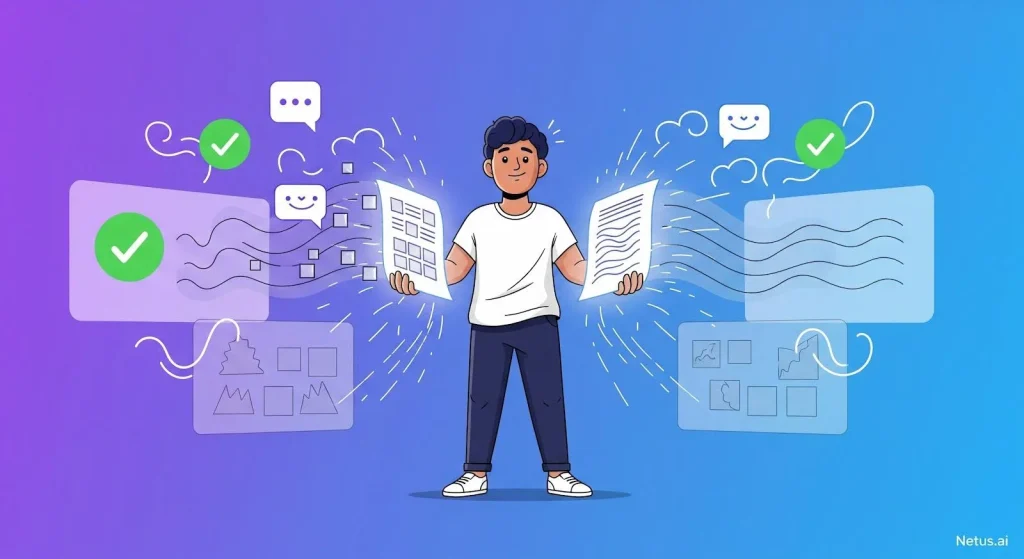
Not all rewriters are built the same. Some simply swap out words with synonyms and that’s not enough anymore. Modern AI detectors don’t just look at vocabulary. They analyze structure, tone and sentence variation.
Here’s what actually separates a true humanizer from a word-swapping gimmick:
1. Structural Rewriting (Beyond Synonyms)
The core of good humanization is structural. That means varying sentence lengths, disrupting robotic rhythm and avoiding patterns that scream “AI.”
2. Tone Adaptability (Context Matters)
A solid humanizer adapts tone based on your intent:
- Academic writing? Keep it formal and analytical.
- Blog post? Make it punchy and conversational.
- Storytelling? Add emotional depth and varied sentence flow.
Generic rewriting tools can sound unnatural and trigger AI detectors due to tone mismatches.
3. Built-in Detection Feedback (Rewrite → Test → Tweak)
The best AI humanizers don’t leave you guessing. They tell you if the rewrite worked.
This is where real-time detection feedback becomes essential. This trial-and-error loop helps refine your output before you publish or submit.
4. Semantic Accuracy (Meaning Matters)
Good humanization doesn’t just rewrite, it preserves intent. Some tools scramble your meaning while trying to fool detectors, which leads to confusing or misleading content. Top engines preserve your core message while enhancing language for clarity.
5. Transparent Limits (No Bait & Switch)
Free tools should tell you upfront what you’re getting:
- How many characters can you rewrite?
- What’s included in the free tier?
- Is detection part of the free workflow or locked behind payment?
Top 5 Free AI Humanizer Tools

Not all “free” tools are worth your time, some hide core features behind upgrades, others just rephrase like a thesaurus. But these five stood out in 2025 for actually helping users rewrite smarter without upfront cost.
1. NetusAI (Free Tier)
Type: Hybrid (Detection + Rewriting)
Free Limit: 500 words bypass / 50 words paraphrase
What We Loved:
- Real-time AI detection meter (🟢 Human / 🟡 Unclear / 🔴 Detected)
- Access to powerful V1 and V2 rewriting engines
- No subscription needed to try
What to Know:
- Best used for smaller inputs unless you upgrade
- Rewrites retain meaning and adjust burstiness
Verdict: Ideal for students and marketers needing quick, smart rewrites with feedback.
2. StealthWriterAI
Type: Rewriter
Free Limit: ~1,000 characters
What We Loved:
- Lets you choose a tone (casual, academic, etc.)
- Targets passive voice, sentence structure and rhythm
- Output sounds more “alive” than most generic tools
What to Know:
- No built-in detector, you’ll need to test rewrites elsewhere
- Occasional style quirks with complex input
Verdict: Great for writers who want control over tone and structure.
3. HumanizeAIpro
Type: Rewriter
Free Limit: 3,000 characters
What We Loved:
- Straightforward interface, paste > rewrite
- Specifically targets repetition, bland syntax and robotic phrasing
What to Know:
- No detection meter
- You’ll have to manually test if it passed
Verdict: Fast, effective if paired with a detector like Netus or OriginalityAI.
4. SmodinIO
Type: Rewriter + Generator
Free Limit: Daily usage cap (~3–5 runs)
What We Loved:
- Simple UI with various tools beyond rewriting (e.g., summarizer, generator)
- Supports citation-based rewriting for essays
What to Know:
- Free tier has cooldown limits
- Output needs polishing for SEO or academic use
Verdict: Versatile all-rounder, great for brainstorming or student drafts.
How to Use Free Humanizers
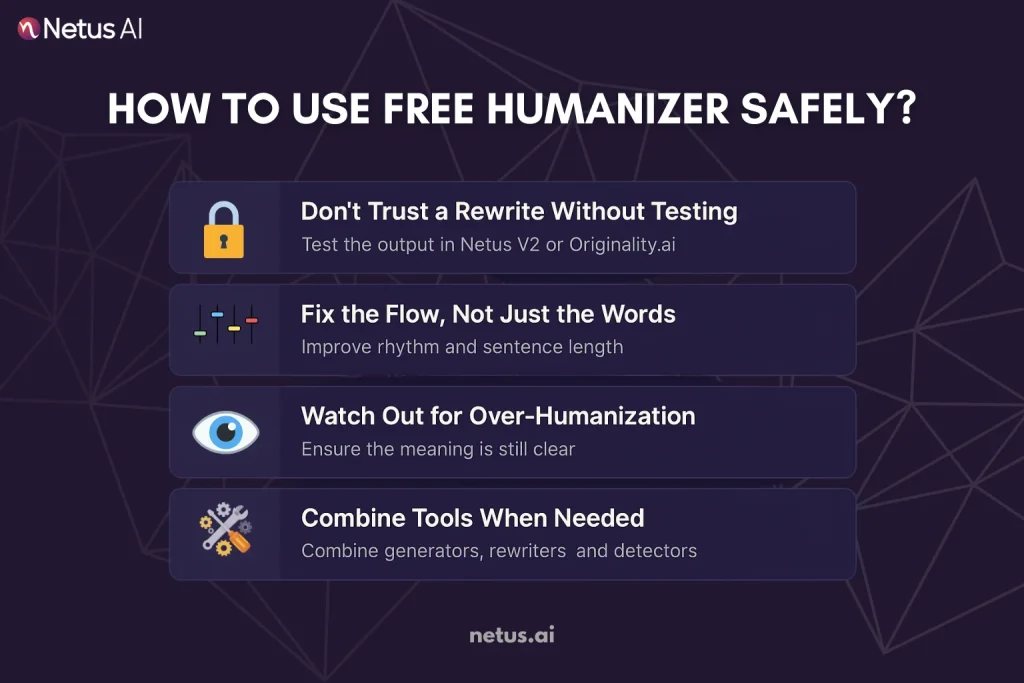
Free tools can be powerful but only when used smartly. Here’s how to avoid common mistakes that still lead to AI detection, even after humanizing:
1. Don’t Trust a Rewrite Without Testing
Just because it looks human doesn’t mean it reads human to a detector.
What to do:
Always use a reliable AI detection tool, like NetusAI’s, after using HumanizeAI.pro or StealthWriter.
2. Fix the Flow, Not Just the Words
Swapping out synonyms doesn’t break AI patterns. You need to shift:
- Sentence length
- Rhythm (burstiness)
- Tone and paragraph structure
What to do:
Use tools like Netus (V2 Engine) or StealthWriter that actually rewrite sentence cadence, not just vocabulary.
3. Watch Out for Over-Humanization
If you rewrite too aggressively, you can lose clarity or meaning, especially in essays, research or SEO copy.
What to do:
- Reread the final version aloud
- Or quickly listen for flow with a text to voice tool.
- Check if it still delivers your core message
- Use Grammarly or Hemingway to test readability (optional)
4. Combine Tools When Needed
No free tool does everything. You can build a workflow like this:
- Write with ChatGPT or other generators
- Rewrite with NetusAI or HumanizeAI
- Check with OriginalityAI or Netus V2
- Polish manually or with Grammarly
This loop helps you bypass detection without losing intent.
5. Avoid Spammy Hacks
Some Reddit or TikTok advice tells users to:
- Add typos
- Insert emojis randomly
- Use rare Unicode characters
These don’t work anymore, most modern detectors use stylometry, not spelling checks.
Final Thoughts
Yes but only if you use them wisely. Most detection tools today scan beyond vocabulary. They look for patterns, like predictable flow, rigid structure or lack of voice. And most “free AI humanizers” barely scratch that surface.
Tools like NetusAI humanizer, strategic rewrites and testing can improve the natural feel of free versions, rebuilding audience trust. Just don’t expect a miracle from a one-click fix. You’re not just “beating AI detection”, you’re rebuilding the human feel behind your words.
FAQs
An AI humanizer transforms AI-generated content to make it sound more natural and less recognizable. It fine-tunes the sentence flow, tone and rhythm for a smoother reading experience.
Sometimes but not always. Basic rewriters assist with light content but advanced tools like NetusAI are needed for stylometric detection.
NetusAI provides a free trial with rewriting and real-time detection, while StealthWriter and HumanizeAI.pro offer limited free access.
That depends on the tool. Cheap paraphrasers often butcher meaning. But smarter engines like NetusAI aim to preserve intent while adjusting delivery, so your message stays intact.
Caution: Many academic platforms treat AI content as misconduct, even if rewritten. Tools like Netus can help avoid false positives but ethical use still depends on your institution’s rules.
Yes, increasingly so. Detectors look at how content is written, not just who wrote it. Even human-edited AI drafts may trigger red flags if patterns remain predictable or “too clean.”
Some are but many free AI paraphraser extensions sell your data or fail to deliver true humanization. Always use secure platforms with clear privacy terms like NetusAI.
Use a reliable AI detector like OriginalityAI or NetusAI for real-time detection results.
Paraphrasers swap words. Humanizers change rhythm, tone, sentence variety and flow, the things detectors really look at. That’s why most paraphrasers fail detection tests.
Absolutely. With watermarking, stylometry and AI provenance tools on the rise, content will need deeper rewrites. Humanizers that focus on structure, not shortcuts, will become essential.

